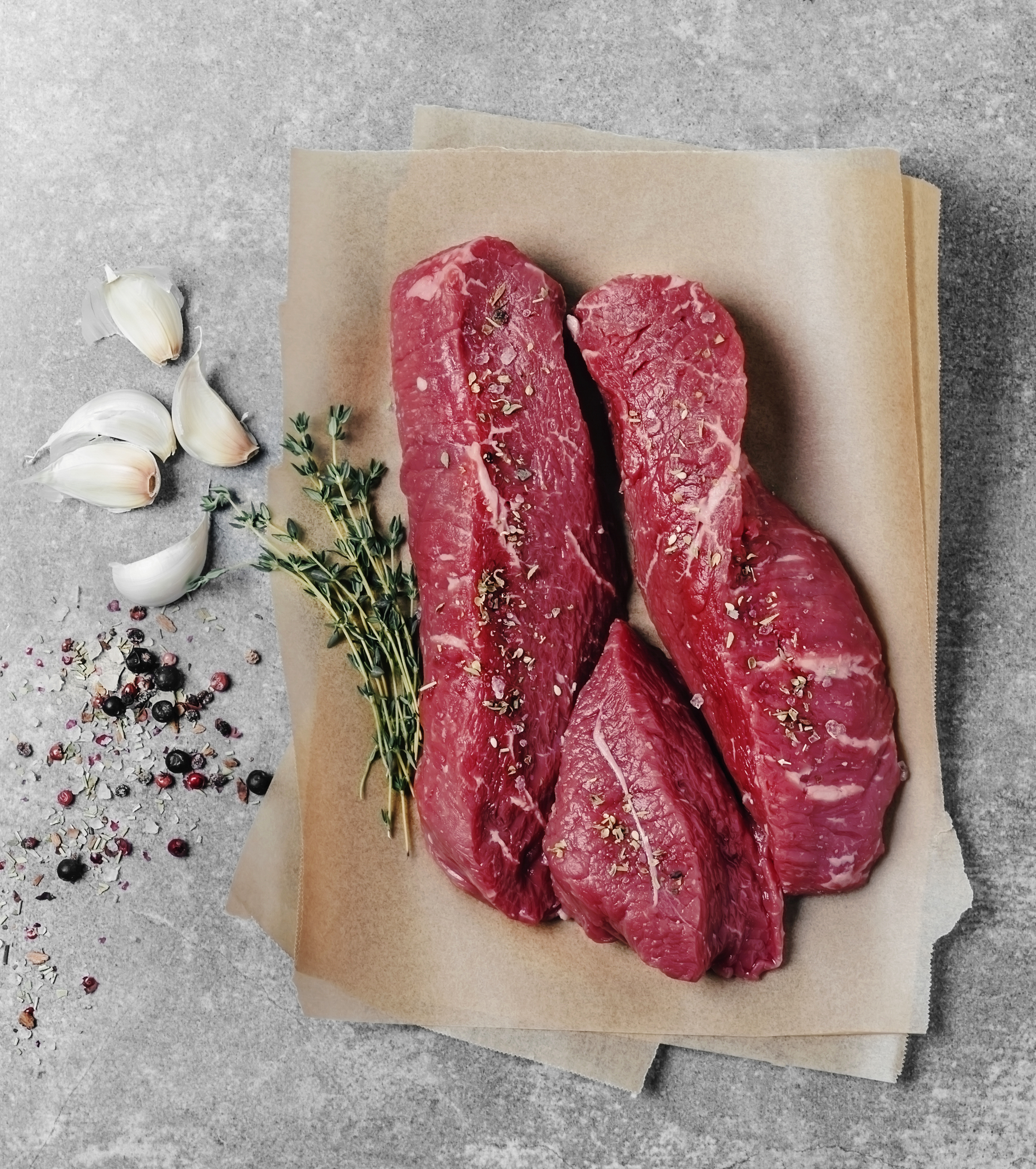What is the best cut of beef for a roast dinner?
Cooking a roast dinner and not sure which cut of beef to get? Explore Good to Know’s guide to beef to ensure you get the perfect cut for your roast.


Cooking a roast dinner and not sure which cut of beef to get? Explore Good to Know’s guide to beef to ensure you get the perfect cut for your roast.
If you’re not a beef connoisseur, it can be tricky to pick out the best cut of beef for a roast at the butchers or the supermarket.
What to look out for when choosing your cut of beef
Loin and rib are most popularly used in roasts, according to American butchers Tony’s. The meat is cut from along the (topside) backbone of the cow from shoulder to hip. These are the muscles that don’t get used in walking or holding the animal’s weight, so the meat is tender.
When looking for a loin cut with intense flavour, you should choose the beef with some fat marbling as this bastes the meat when it cooks. Be sure to avoid cuts that are heavy with fat, however.
MORE: How to cook the perfect roast potatoes
The best cut of beef for roast
Butchers cut rib meat into two pieces; the first and the second cut. If you’re looking for less fat in your beef – go for the first cut. It’s closest to the short loin, so it’s leaner. The second cut has more fat marbled in the meat, meaning it will be more flavourful.
Also, look out for meat with the Quality Standard Mark. All beef and lamb carrying this symbol has been through a strict selection process and is of a higher standard than required by law. The mark will also tell you where your meat comes from, another great way to ensure you’re buying local produce.
GoodtoKnow Newsletter
Parenting advice, hot topics, best buys and family finance tips delivered straight to your inbox.

Preparing your beef
Before doing anything else, take out your beef from the fridge and leave it to rest at room temperature for at least 30 minutes.
Don’t trim away any of the beef fat - it will help to roast the meat while it cooks.
Generally, roast beef is cooked uncovered in an oven at a high temperature to caramelise the outside. Then the heat is turned down for the remainder of the cooking time.
For a basic roast beef recipe, check out our recipe for mustard and thyme roast beef or how about making our garlic and mushroom crusted roast beef.
Storing your beef
Leftovers can be the best part of a Sunday roast. Store your uneaten beef in shallow airtight containers, or wrap it tightly in heavy-duty aluminium foil, then put it in the fridge within two hours to maintain maximum freshness.
Cooked roast beef can last for three to four days in the fridge. And if you don't think you're going to eat it for a while, freeze it. Roast beef can thaw out in the fridge for another three to four days after you take it out of the freezer.
How do you know if it’s gone off? Smell it. Roast beef will develop a slimy texture and a sour smell when it can’t be eaten anymore – so if this happens, throw it away immediately.

Alternatives to beef
Roast beef is a Sunday lunch staple, but it can be relatively high in saturated fat.
According to the British Heart Foundation, good meat alternatives to beef are chicken or turkey. On average you could save up to 241 calories, 30g fat and almost 16g of saturated fat by switching to poultry for your roast.
Like beef? You're going to love our slow cooked roast beef brisket!
Why not ditch the meat altogether and go veggie? We love this gluten-free veggie Wellington, it’s wonderfully colourful and goes perfectly with some seasonal greens or roasted root veg.

Grace Walsh is a health and wellbeing writer, working across the subjects of family, relationships, and LGBT topics, as well as sleep and mental health. A digital journalist with over six years experience as a writer and editor for UK publications, Grace is currently Health Editor for womanandhome.com and has also worked with Cosmopolitan, Red, The i Paper, GoodtoKnow, and more. After graduating from the University of Warwick, she started her career writing about the complexities of sex and relationships, before combining personal hobbies with professional and writing about fitness.